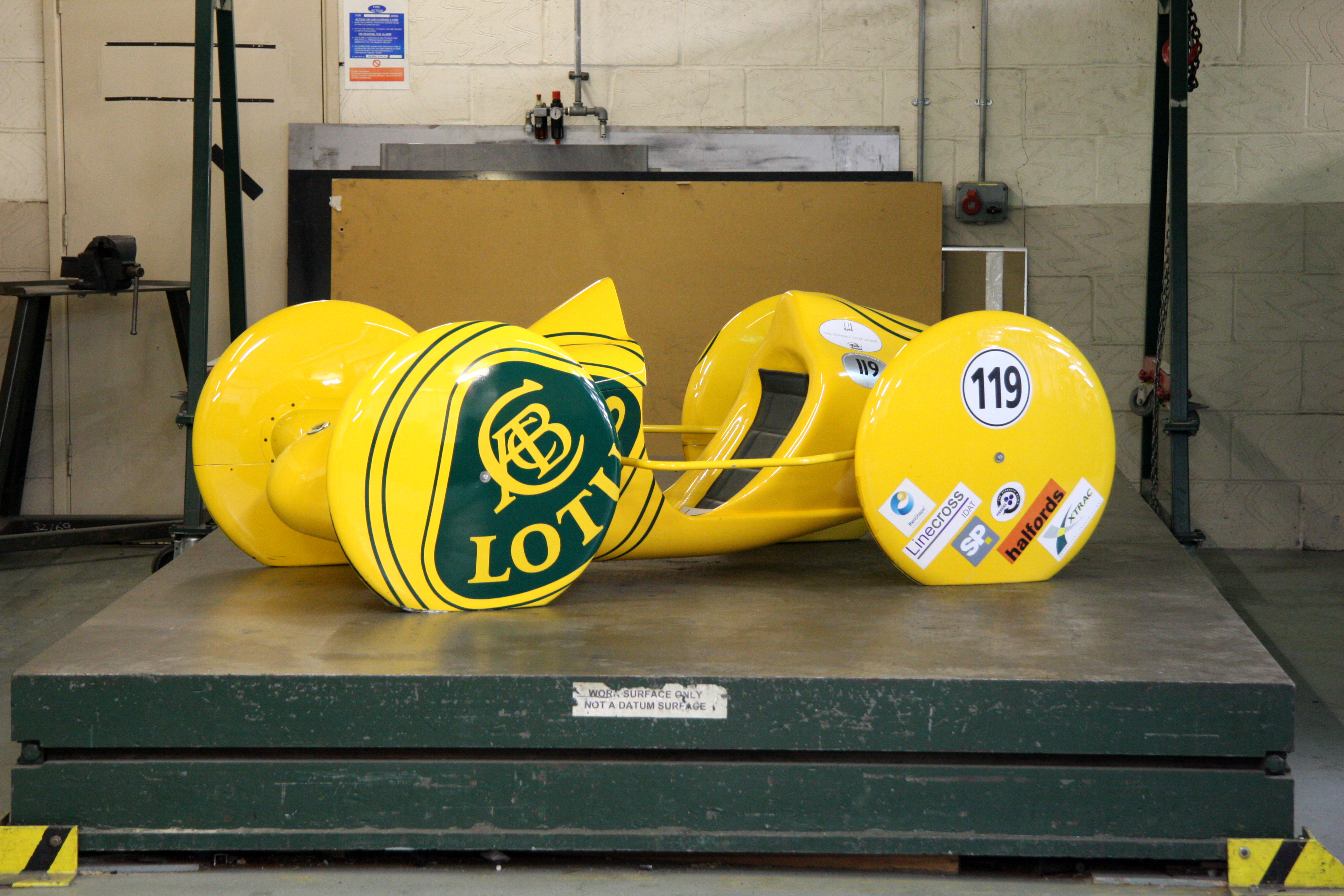Work (Mechanics)
Enlarge text Shrink textIn science, work is the energy transferred to or from an object via the application of force along a displacement. In its simplest form, for a constant force aligned with the direction of motion, the work equals the product of the force strength and the distance traveled. A force is said to do positive work if it has a component in the direction of the displacement of the point of application. A force does negative work if it has a component opposite to the direction of the displacement at the point of application of the force. For example, when a ball is held above the ground and then dropped, the work done by the gravitational force on the ball as it falls is positive, and is equal to the weight of the ball (a force) multiplied by the distance to the ground (a displacement). If the ball is thrown upwards, the work done by the gravitational force is negative, and is equal to the weight multiplied by the displacement in the upwards direction. Both force and displacement are vectors. The work done is given by the dot product of the two vectors, where the result is a scalar. When the force F is constant and the angle θ between the force and the displacement s is also constant, then the work done is given by: W = F s cos θ {\displaystyle W=Fs\cos {\theta }} If the force is variable, then work is given by the line integral: W = ∫ F ⋅ d s {\displaystyle W=\int \mathbf {F} \cdot d\mathbf {s} } where d s {\displaystyle d\mathbf {s} } is the tiny change in displacement vector. Work is a scalar quantity, so it has only magnitude and no direction. Work transfers energy from one place to another, or one form to another. The SI unit of work is the joule (J), the same unit as for energy.
Read more on Wikipedia >
 Topic
Topic




